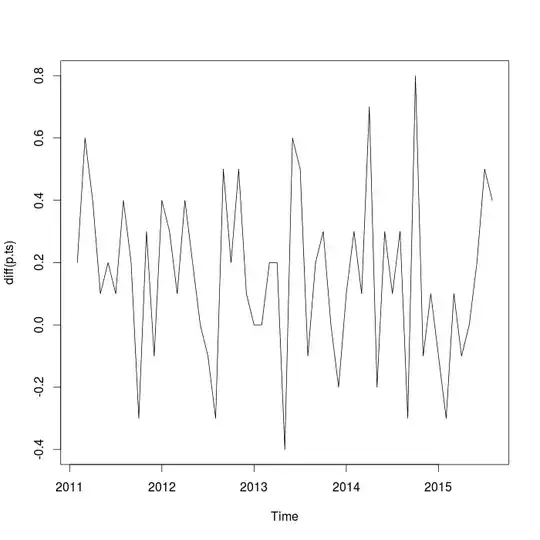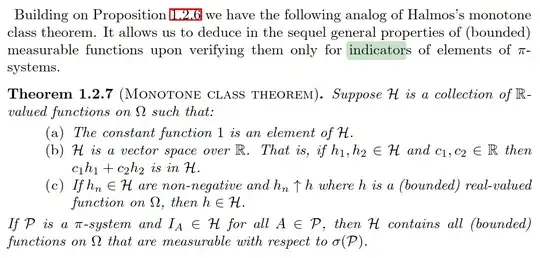If $\text{Corr}\left(f(X),g(Y)\right)=0$ for all possible functions $f(\cdot)$ and $g(\cdot)$, then $X$ and $Y$ are independent.
In the ref that I have the opposite is affirmed. If $X$ and $Y$ are independent we have that:
$E[f(X)]E[g(Y)]-E[f(X)g(Y)]=0$ (then $corr[f(X),g(Y)]=0$)
for any $f()$ and $g()$.
In words, we have no chance to find dependencies. Indeed if exist, them must be revealed by some functional relations. See: Econometrics – Verbeek; 5th edition pag 463. But some distributions/moments/functions conditions seems me implicit.
To move in the opposite direction is permitted, so from $\text{Corr}\left(f(X),g(Y)\right)=0$ the independence is implied.
However can be useful to note that the condition $\text{Corr}\left(f(X),g(Y)\right)=0$
imply some restrictions on the distributions/functions/moments. In some cases, this condition can fail. For example if $X$ and $Y$ are independent Cauchy r.vs: $\text{Corr}\left(f(X),g(Y)\right)=0$ not hold, or at lest not for some $f()$ and $g()$. Then, the condition in argument and the independence are not completely equivalent.

